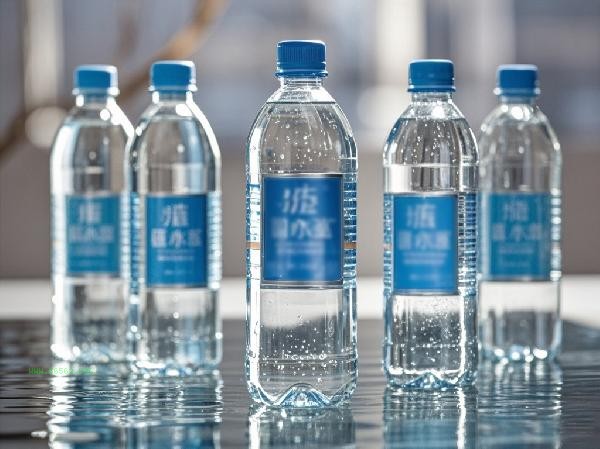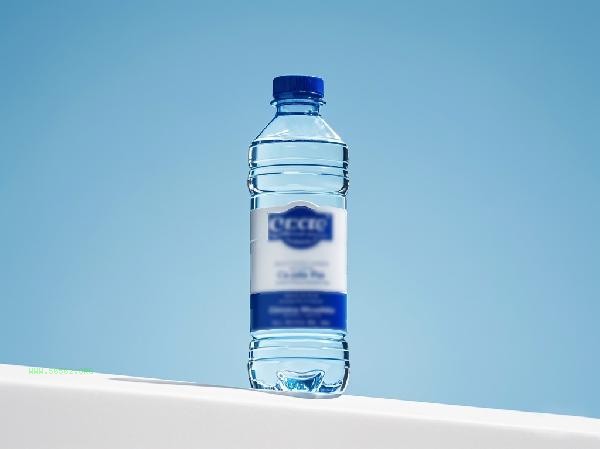Oil on the water surface of a well can be treated through physical adsorption, chemical decomposition, biodegradation, and other methods. The main methods include activated carbon adsorption, surfactant decomposition, microbial degradation, mechanical skimming, oxidant treatment, etc.

1. Activated carbon adsorption
Activated carbon has a porous structure and can effectively remove oil and fat from water wells. Put activated carbon into a water permeable bag and put it into the well, and the oil will be adsorbed in the pores. Regularly replacing activated carbon can maintain the purification effect and is suitable for handling small amounts of floating oil. After use, residual charcoal residue should be salvaged to avoid secondary pollution.
2. Surfactant Decomposition
Food grade surfactants can decompose oil films into tiny particles. Select biodegradable and environmentally friendly surfactants, dilute them proportionally, and spray them on the oil film area. After processing, it needs to be left to stand for several hours, and the decomposed oil will naturally diffuse with the water flow. Pay attention to controlling the dosage to avoid affecting water quality.
3. Microbial degradation
Adding petroleum degrading bacterial agents can decompose oil into harmless substances. Select specialized bacterial strains for vegetable oil or mineral oil, and use oxygenation equipment to promote microbial growth. This method requires continuous monitoring of water quality parameters, maintaining appropriate temperature and pH values, and is suitable for long-term oil pollution control.

4. Mechanical skimming
Use oil absorbing felt or skimmer to directly remove surface floating oil. The oil absorbing felt can be reused, and after absorbing oil, it can be squeezed to recover the grease. For large areas of oil pollution, a belt skimmer can be used for continuous operation. Avoid disturbing the water body during operation to prevent oil from sinking and increasing the difficulty of treatment.
5. Oxidant treatment
Oxidants such as hydrogen peroxide can decompose oil molecules. Dilute the oxidant and slowly inject it into the oil film area to generate soluble substances after reaction. Accurate control of the dosage is required, as excessive use may disrupt the ecological balance of well water. After processing, it is recommended to conduct water quality testing to ensure safety.

After treating oil pollution, water quality should be regularly monitored, and it is recommended to install oil pollution warning devices. Avoid mechanical maintenance or storing oil near the wellhead in daily life, and keep the wellhead clean and dry. If oil pollution occurs repeatedly, it is necessary to investigate the surrounding pollution sources and, if necessary, perform professional purification treatment on the well water. Boil or use a water purification device before drinking to ensure water safety.








Comments (0)
Leave a Comment
No comments yet
Be the first to share your thoughts!